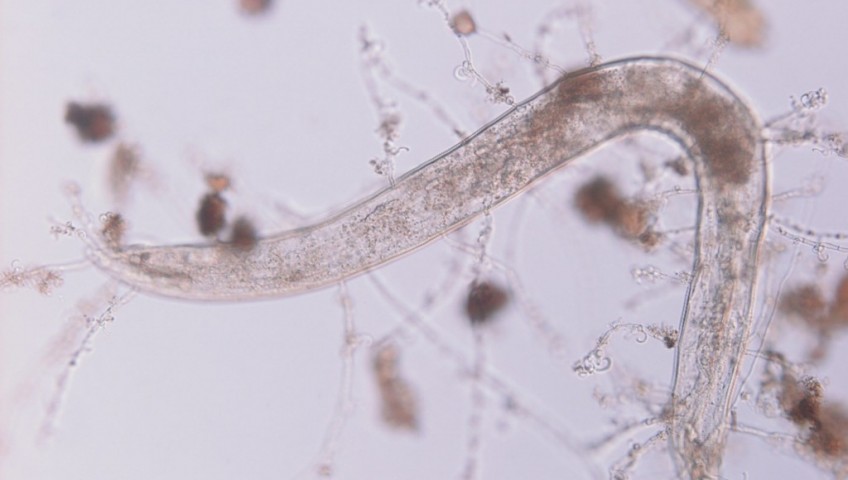
Why you should test your soil for life – Part 7: Mycorrhizal Fungi
Mycorrhizal fungi are often one of the first biological inoculants that professional growers begin experimenting with in order to increase crop performance in a more natural way. Let’s have a look at why and how this appears on a soil test report.
Mycorrhizal fungi are important and prolific organisms that can develop symbiotic relationships with the roots of more than 95% of all plants on the planet. This requires them to live in (endomycorrhizal) or on (ectomycorrhizal) the plant roots, extending their hyphae into the soil and thus producing phosphate, nitrogen, other nutrients and water available to the host plant. They extend the effective root area many hundreds of times so plants grow faster, larger and stronger without the need to apply as much fertiliser or water.

In order to measure these beneficial organisms, careful preparations must be carried out to ensure that roots are not damaged and the fungi remain visible. Tip – if you require this particular analysis, you should capture fine roots at each location, to ensure that the extraction process is possible and measurements can be performed under microscope by the laboratory technicians. If you need guidance on this, a reputable, specialist laboratory like this one, can help you plan your collection technique and discuss with you the type of plant roots which need to be observed so you can be sure of what type of colonisation may be present when the assessment is carried out.
When determining the presence of Mycorrhizal fungi in samples of soil, we are in fact concentrating just on the fine root fibres present in the growing media. This is not a direct count, as this is typical for other fungi measurements. The figure that is reported is a percentage, correlating to the number of microscope fields that it was possible to detect the presence of either one of the types of Mycorrhizas.
A lot of producers work at increasing the presence of Mycorrhizal fungi to exploit the natural relationship with plants and get the most out of their particular growing environment. Many producers report superior quality crops as well as accelerated growth, particularly when young plants or seeds are inoculated with the spores. In any event, it is vital to monitor your soil data to make sure you are achieving worthwhile results when investing in a quality biological product.
Simon runs Mind, Body & Soil and is Cofounder of SoilBioLab. He specialises in services and solutions for soil fertility management. You can follow him on twitter @peat_free or email him at simon@mindbodysoil.co.uk



